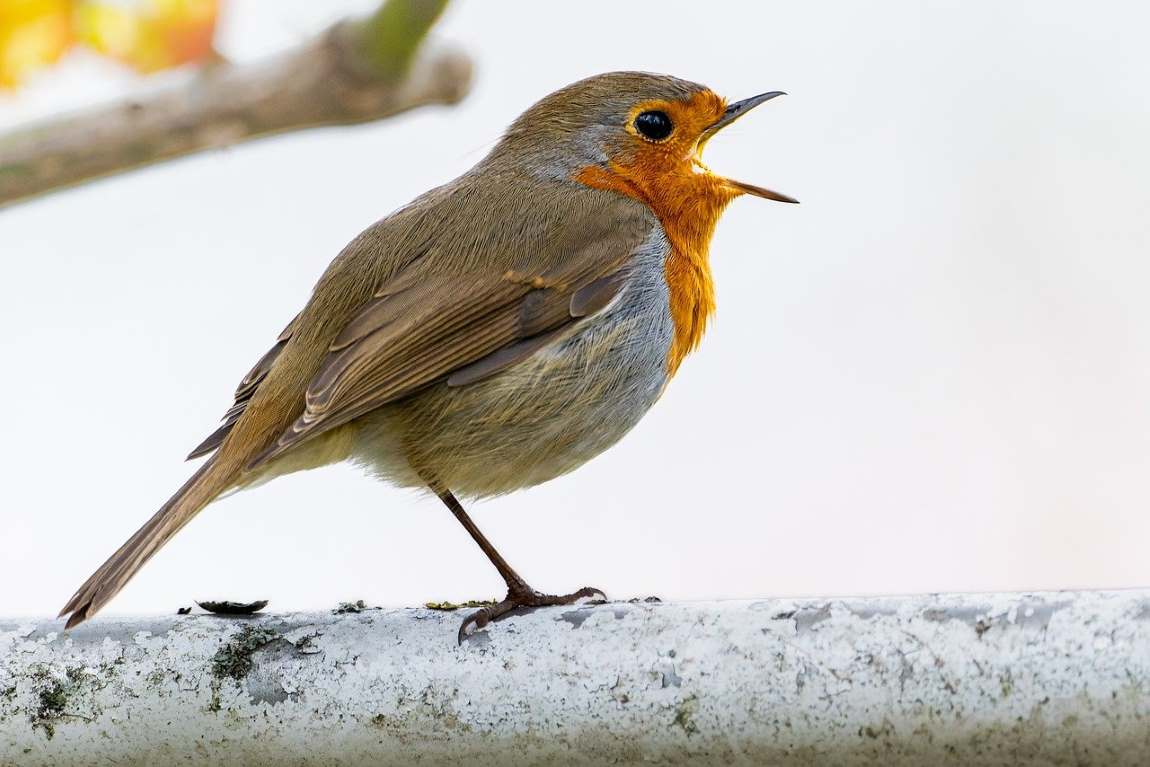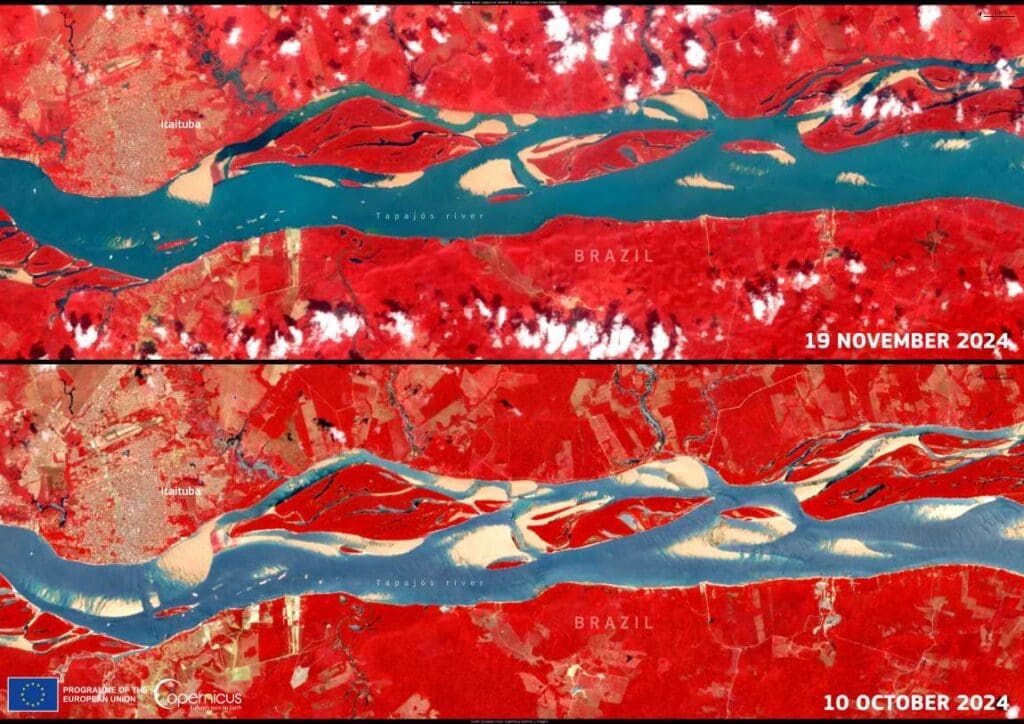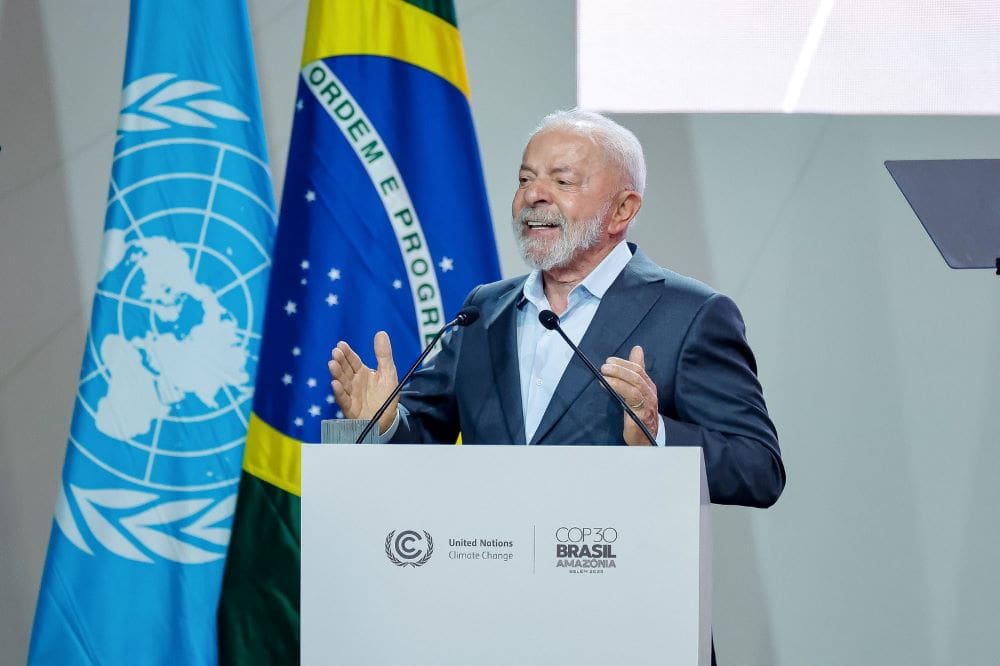By Mariëtte le Roux and Lina Vanegas | AFP
Cali, Colombia – The world’s biggest nature conservation conference enters its final day in Colombia Friday with negotiators at odds over how best to fund plans to “halt and reverse” species loss.
Amid murmurs that the talks may drag into an extra day, summit president Susana Muhamad said Friday’s programmed closing session promised to be “heart-stopping” given the number of unresolved issues.
“It’s a very complex negotiation, with many interests, many parties… and that means everyone has to cede something,” Muhamad, who is Colombia’s environment minister, told reporters Thursday.
With some 23,000 registered delegates, the 16th Conference of Parties (COP16) to the UN’s Convention on Biological Diversity (CBD) which opened in Cali on October 21, is the biggest meeting of its kind ever.
The event is a follow-up to the Kunming-Montreal Global Biodiversity Framework agreed upon in Canada two years ago, where it was decided that $200 billion per year must be made available for biodiversity by 2030.
This must include $20 billion per year going from rich to poor nations to reach 23 UN targets to “halt and reverse” nature destruction by 2030, and by placing 30 percent of land and sea areas under protection.
COP16 was tasked with assessing, and ramping up, progress towards the targets.
But negotiations on funding mechanisms have failed to progress, observers and delegates say, even as new research this week showed more than a quarter of assessed plants and animals are at risk of extinction.
– ‘Chance to act’ –
Developing countries have called for more money.
They also want a brand new fund under the umbrella of the UN biodiversity convention, where all parties — rich and poor — would have representation in decision-making.
Rich countries insist they are on track to meet their funding targets, and many are opposed to yet another new fund.
European officials pointed Thursday to deadly flooding in Spain as a reminder of the harm that comes from humans’ destruction of nature, and urged delegates at the deadlocked talks to “act.”
European Commission envoy Florika Fink-Hooijer said the “catastrophe” in eastern and southern Spain this week, with at least 158 people dead and dozens still missing, highlights the link between biodiversity destruction and human-caused climate change.
Droughts and flooding worsened by global warming cause the loss of plant species, including trees which absorb planet-warming carbon, in a vicious cycle of human-wrought Earth destruction.
“If we act on biodiversity, we at least can buffer some of the climate impacts,” Fink-Hooijer, who is the European Commission director-general for environment, told reporters.
“At this COP we really have a chance to act,” she added.
– ‘Clock is ticking’ –
Another point of contention among delegates is on how best to share the profits of digitally sequenced genetic data taken from animals and plants with the communities they come from.
Such data, much of it from species found in poor countries, is notably used in medicines and cosmetics that make their developers billions.
COP15 had agreed on the creation of a “multilateral mechanism” for benefit-sharing of digital information, “including a global fund.”
But negotiators still need to resolve such basic questions as who pays, how much, into which fund, and to whom the money should go.
UN chief Antonio Guterres, who stopped over in Cali for two days this week with five heads of state and dozens of government ministers to add impetus to the talks, reminded delegates Wednesday that humanity has already altered three-quarters of Earth’s land surface, and two-thirds of its waters.
Urging negotiators to “accelerate” progress, he warned: “The clock is ticking. The survival of our planet’s biodiversity — and our own survival — are on the line.”
Representatives of Indigenous peoples and local communities held demonstrations at COP16 to press for more rights and protections, as delegates inside wrangled over a proposal to create a permanent representative body for them under the CBD.
On this, too, no final agreement has been reached.
COP16 parties voted Thursday to have Armenia as the host for their next summit in 2026.
mlr/jgc
© Agence France-Presse
Featured image credit: Siegfried Poepperl | Pixabay




